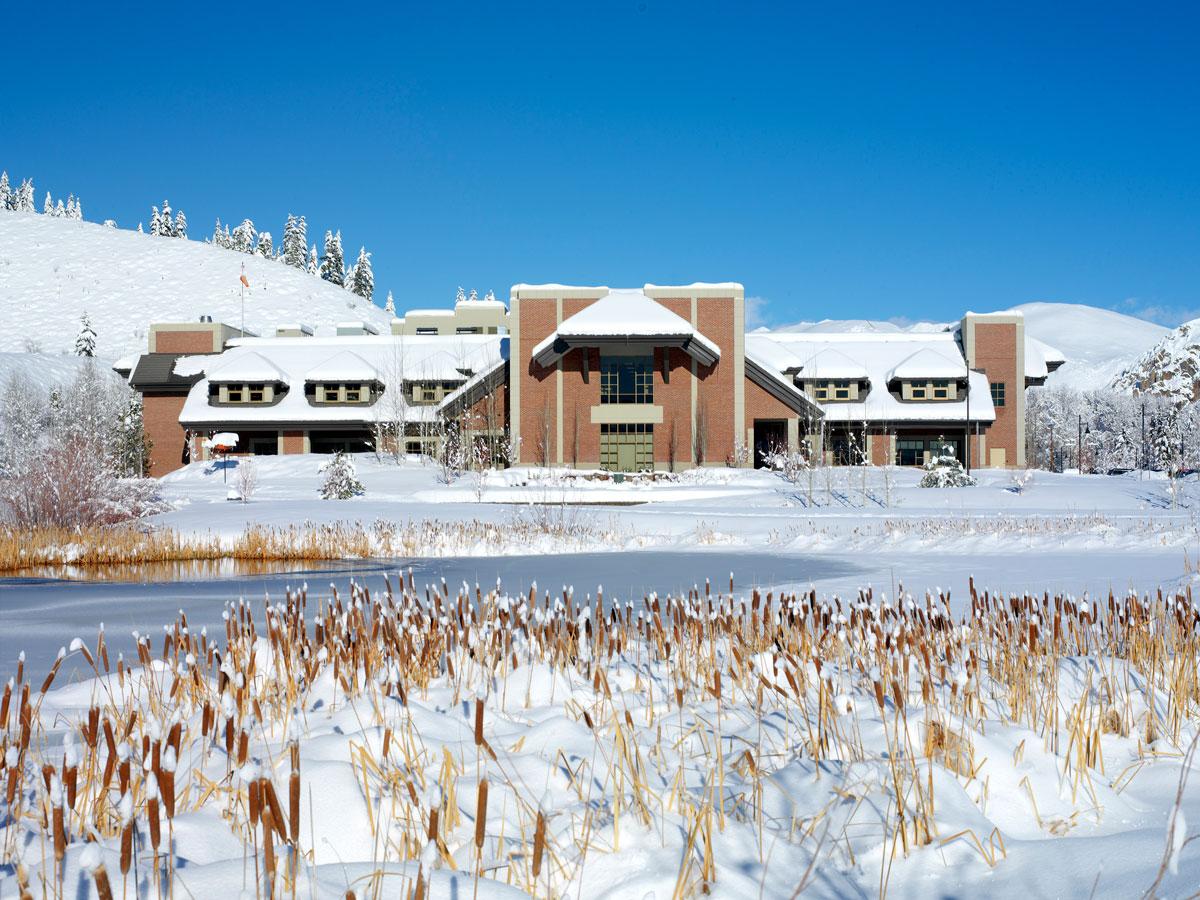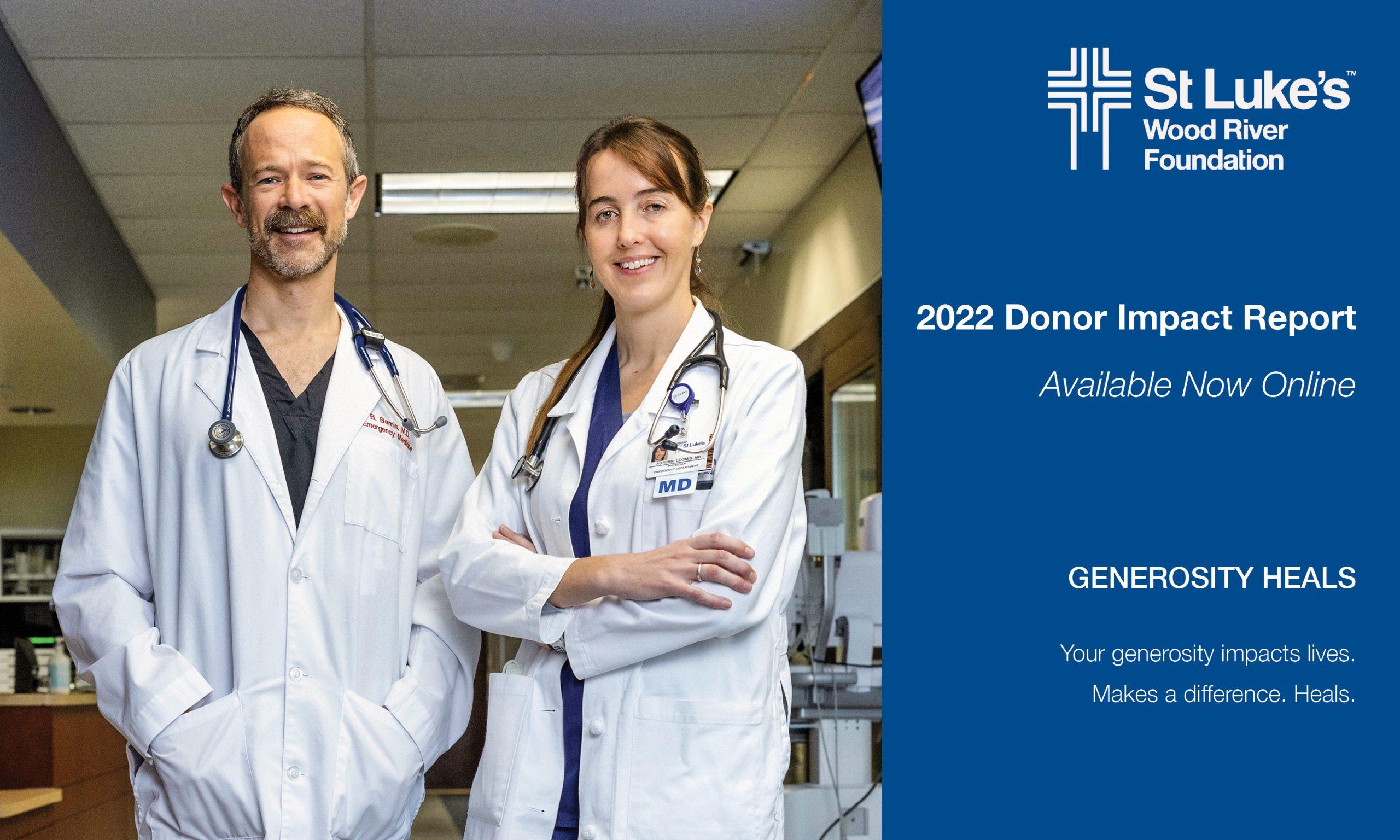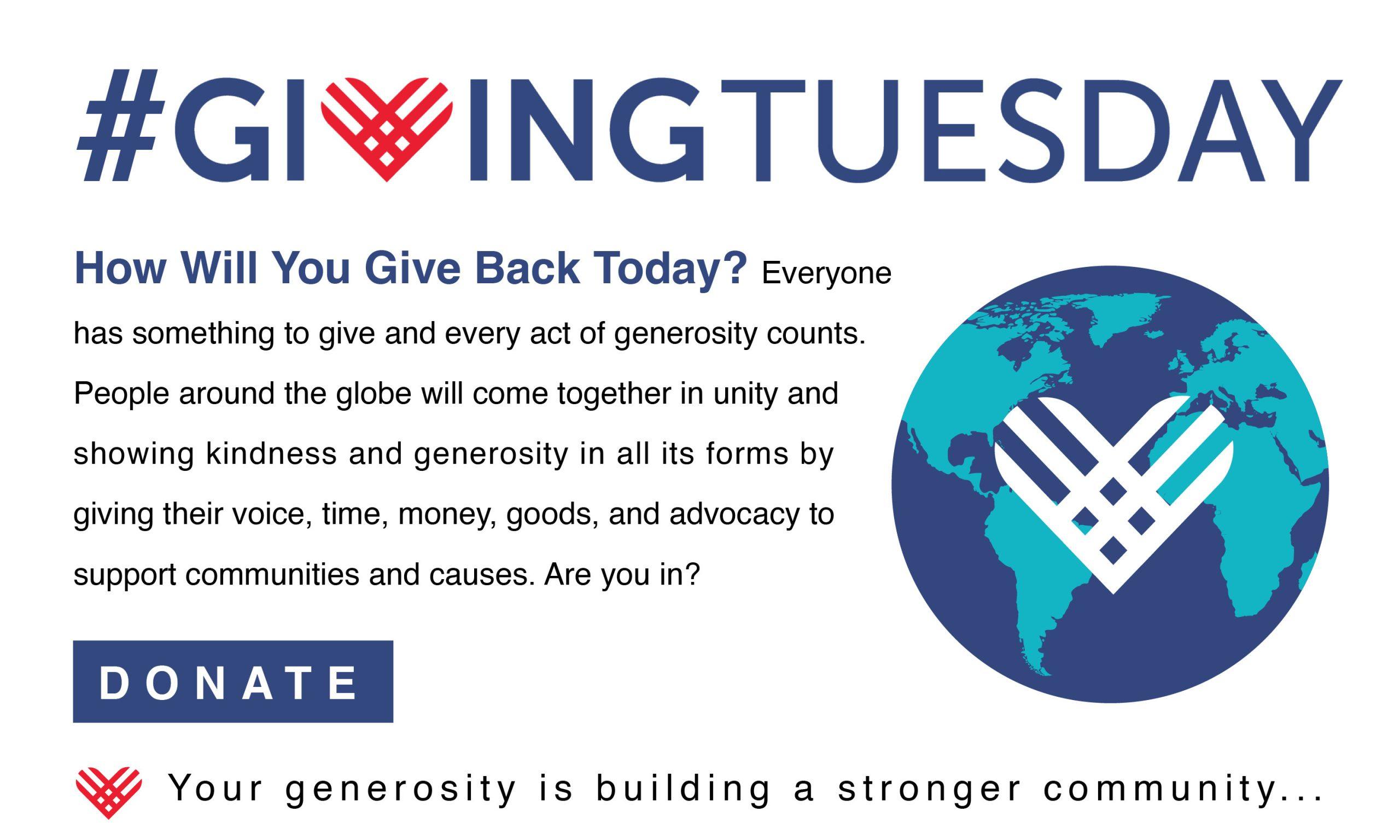Generosity Makes Innovative Technology a Reality

Walk into the St. Luke’s Wood River Medical Center and you will now find virtual care, also known as telehealth, capabilities in all 19 inpatient hospital rooms. Thanks to community generosity, this state-of-the-art technology allows patients to receive top-quality health care and services usually only available in metropolitan areas.
“We are so fortunate to have telehealth available in all inpatient medical rooms. It provides additional support to ensure patients have access to immediate care and strengthens collaboration within the St. Luke’s system,” said Katie Schneider, MD, a hospitalist at St. Luke’s Wood River, which means Schneider is responsible for providing care to patients during their stay at the hospital.
With the installation of telehealth technology, patients can immediately connect with nurses, doctors and specialists in the St. Luke’s system and beyond, regardless of geography. Physicians can use the telehealth technology to consult with colleagues face-to-face, and if a patient needs assistance when a nurse is actively caring for a patient in another room, a second nurse can jump on the screen to support the patient seeking assistance.
“It’s been a privilege to see innovative technology, coupled with the incredible dedication of our Wood River team, strengthen the care available to our community,” said Dr. Schneider.
Telehealth capacity within U.S. hospitals is limited. St. Luke’s Wood River counts itself lucky to have this additional support on hand. In the last year, Wood River and St. Luke’s Nampa were the first hospitals in Idaho to provide comprehensive online services, allowing patients and staff access to virtual care and other resources when needed. Other hospitals are now following suit. The St. Luke’s Virtual Care Center, a facility with 35,000 square feet, opened in downtown Boise in August 2018. It is one of just a few in the nation.
With two-way cameras and remote monitoring equipment, including a tool that can zoom in to review patients’ vital signs, the technology allows doctors and nurses to diagnose and treat patients, support onsite caregivers, order tests as needed, read results and provide immediate evaluations for patients in Ketchum and elsewhere. Since March 2020, St. Luke’s Virtual Care Center has conducted over 200,000 clinic visits via telehealth technology.
The challenges presented by the COVID-19 pandemic to health care providers (particularly the shortage of inpatient beds, practitioners and staff to care for patients) prompted St. Luke’s Wood River Foundation to make telehealth a reality. “We are grateful for the incredible generosity from our donors who understood the positive impact telehealth would have on the health and well-being of the community,” said Megan Edwards, St. Luke’s Wood River Foundation Board Member.
St. Luke’s Wood River Foundation is committed to achieving excellence in health care for Blaine County by advancing innovative programs and services. It was instrumental in rallying community support to realize the dream of comprehensive telehealth resources.
The telehealth technology has been a success. Its benefits include supporting high-quality, personalized care at a reduced cost; improving access to timely care; keeping patients in the community; supporting the bedside team in their demanding roles; strengthening team-based models of care; supporting expanded nurse-to-patient ratios; and providing much-needed staff agility.
“Telehealth is a welcome addition to patient care,” says Dr. Schneider. “I am so proud of my team and the culture within St. Luke’s Wood River where everyone is willing to jump in to go above and beyond to make sure patients are well cared for, medically and otherwise.”
“It’s been a privilege to see innovative technology, coupled with the incredible dedication of our Wood River team, strengthen the care available to our community.” Katie Schneider, MD


